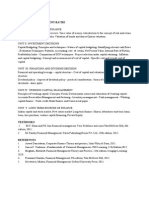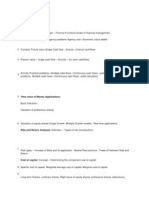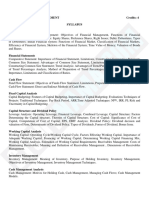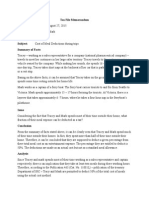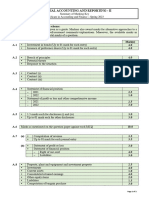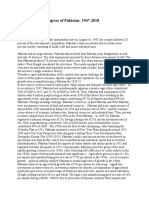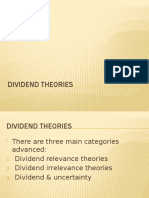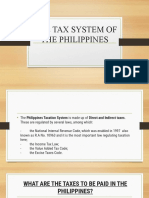0% found this document useful (0 votes)
10 views4 pagesFinance Management Notes
The document provides an overview of the Indian finance system, covering financial instruments, markets, institutions, risk and return concepts, corporate finance, capital budgeting, working capital management, sources of finance, capital structure, and dividend policy. It outlines key characteristics, functions, and theories relevant to financial management. Additionally, it includes recommended reference books for further study.
Uploaded by
arhamkmdrCopyright
© © All Rights Reserved
We take content rights seriously. If you suspect this is your content, claim it here.
Available Formats
Download as DOCX, PDF, TXT or read online on Scribd
0% found this document useful (0 votes)
10 views4 pagesFinance Management Notes
The document provides an overview of the Indian finance system, covering financial instruments, markets, institutions, risk and return concepts, corporate finance, capital budgeting, working capital management, sources of finance, capital structure, and dividend policy. It outlines key characteristics, functions, and theories relevant to financial management. Additionally, it includes recommended reference books for further study.
Uploaded by
arhamkmdrCopyright
© © All Rights Reserved
We take content rights seriously. If you suspect this is your content, claim it here.
Available Formats
Download as DOCX, PDF, TXT or read online on Scribd
/ 4
































